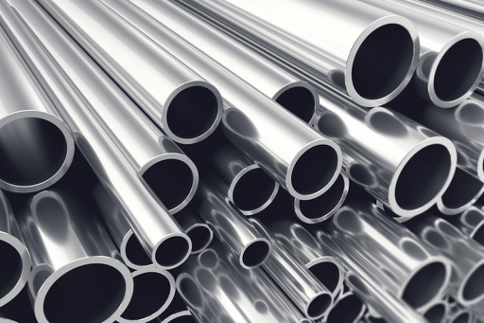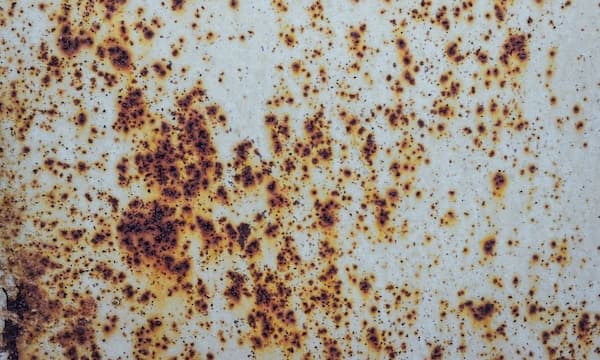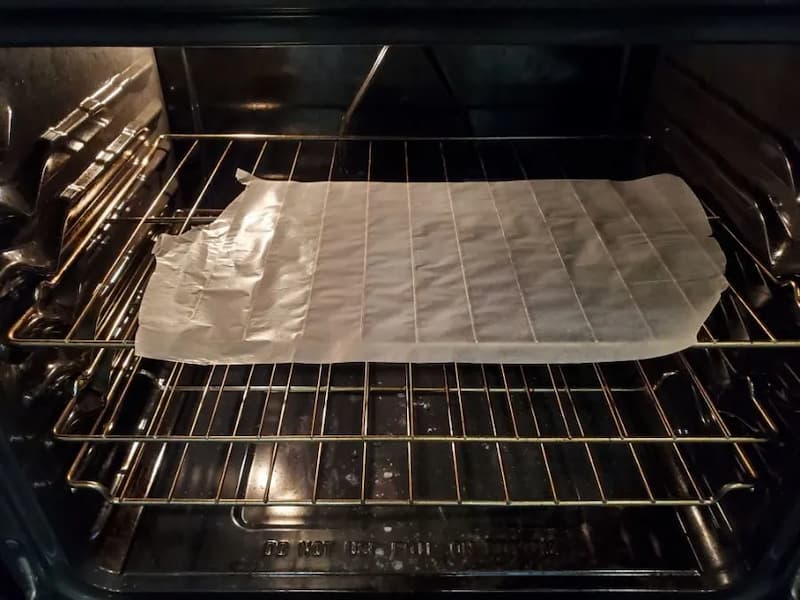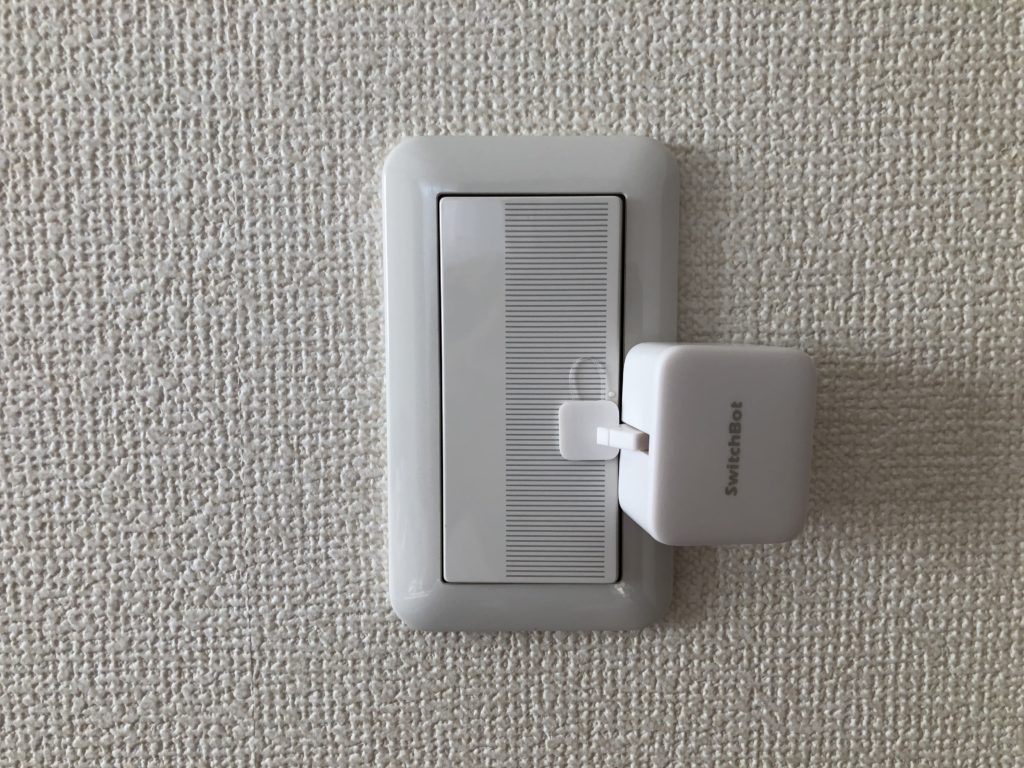Stainless steel is preferred in many applications due to its low maintenance, oxidation, and stain resistance. Stainless steel has built-in corrosion resistance, but in some cases, it can rust, however, stainless steel can rust over time if not maintained properly. In this article, we will tell you the causes of stainless steel rust and how to prevent stainless steel rust.
Table of Contents
Will Stainless Steel Rust?
Stainless steel has built-in corrosion resistance, but in some cases, it can rust, although not as quickly or as badly as traditional steel. Corrosion occurs when stainless steel is exposed to harmful chemicals, salt water, grease, moisture, or heat for extended periods of time.
The corrosion resistance of stainless steel depends to a large extent on the chromium content. If there is not enough chromium near the stainless steel surface, a new layer of chromium oxide cannot form when the top layer is scraped off. This makes the material extremely susceptible to several types of corrosion.
Stainless Steel Basics

To understand why stainless steel is rust-resistant, and how that rust resistance breaks down, it is helpful to understand how these alloys differ from other steels.
Stainless steel contains at least 10.5% chromium. This chromium reacts rapidly with the surrounding oxygen to form a thin oxide layer on the steel surface. Unlike iron oxide, chromium oxide usually adheres to steel in the form of flakes and corrosive rust. Therefore, it acts as a protective barrier. Chromium oxide is a passive film that isolates the iron in the alloy from the air and water in the environment. This film makes stainless steel rust-resistant.
Stainless steel is low maintenance, and its resistance to oxidation and staining makes it an ideal material for many applications.
There are four main types of stainless steel: austenitic, ferritic, martensitic, and duplex. Austenitic stainless steel dominates the industry, accounting for more than 70% of total stainless steel production. Its properties include a maximum of 0.15% carbon and a minimum of 16% chromium, resulting in very strong rust protection. Compared with austenitic stainless steel, ferritic stainless steel has reduced corrosion resistance, but its performance is better than that of martensitic stainless steel. Duplex stainless steels are highly resistant to localized corrosion, especially pitting, crevice corrosion, and stress corrosion cracking.
Types of Stainless Steel Corrosion
There are different types of stainless steel corrosion. Each of these presents different challenges and requires different treatments.
- General Corrosion – Easiest to predict and deal with. It is characterized by uniform loss over the entire surface.
- Galvanic Corrosion – This corrosion affects most metal alloys. It refers to a situation where one metal comes into contact with another, causing one or both metals to react with each other and corrode.
- Pitting – is localized corrosion that leaves voids. It is prevalent in environments containing chlorides.
- Crevice Corrosion – Also localized corrosion that occurs in the crevice between two joined surfaces. It can occur between two metals, or between metals and non-metals.
Factors Affecting Rust on Stainless Steel

Various factors can affect the corrosion resistance of stainless steel. When it comes to corrosion resistance, the composition of the steel is the biggest issue. Elements in different grades of stainless steel can adversely affect corrosion resistance.
The environment in which the metal is used is another factor that can increase the chance of stainless steel rust. Environments with chlorinated swimming pools are highly corrosive. In addition, salty environments can accelerate the corrosion of stainless steel.
Finally, maintenance will affect the metal’s ability to prevent rust. The chromium in stainless steel reacts with oxygen in the air to form a protective chromium oxide layer on the surface. Although thin, this layer protects the metal from corrosion. This layer can be damaged by harsh environments or mechanical damage such as scratches, however, with proper cleaning in the right environment, the protective layer will form again, restoring its protective properties.
How to Prevent Stainless Steel from Rusting
Steps to prevent stainless steel corrosion should be undertaken throughout the stainless steel lifecycle. Best practices during the design and production stage, as well as routine maintenance, will prolong the performance and appearance of the metal.
Design
Taking a positive approach to stainless steel design pays off in the long run. Proper planning during the design phase of a stainless steel application will minimize water infiltration and reduce the potential for surface damage. Drain holes should be used if possible, and voids and cracks should be limited. Airflow is critical and the design should encourage free circulation of air throughout the application.
Fabrication
During the manufacturing stage, it is important to prevent the stainless steel from coming into contact with iron or ordinary steel. This requires vigilance when measuring the surrounding environment, including workbenches, tools, storage, steel turning rolls, and chains. During the manufacturing process, carbon steel dust particles deposited on stainless steel can contaminate its surface, increasing the potential for rust. Also, cleaning and grinding tools used with carbon or low alloy steel must be kept separate from stainless steel.
Maintain
Regular maintenance plays a key role in stainless steel rust prevention and limiting the development of existing rust. Any rust that has formed must be removed mechanically or chemically. The resulting dirt can then be removed using warm water and soap. After cleaning, an anti-rust coating should be applied.
Conclusion
Although stainless steel is not easy to rust, there are many reasons for stainless steel to rust, especially if you maintain it improperly. So take good care of your stainless steel.





















